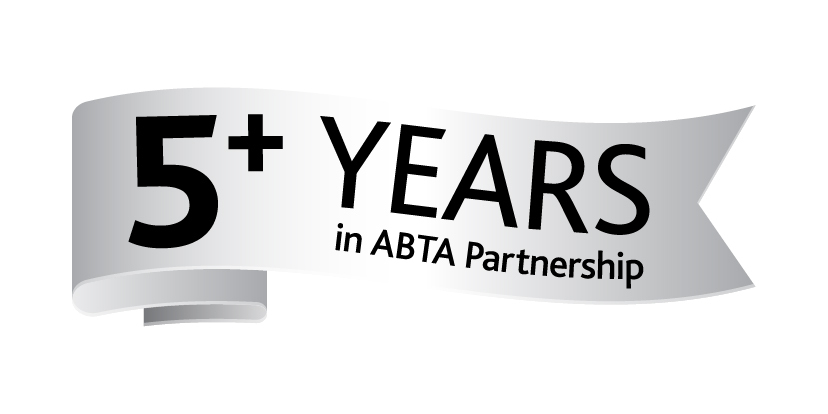Welcome to the world of the Adido Analytics Alphabet, our little guide to making analytics easier to understand, implement and use. First introduced to the marketing community at Adido’s Let’s Do Digital Southern Summit in October 2013, the Analytics Alphabet is an A-Z guide of useful features and tips to help you get the best out of analytics.
Over the coming weeks and months I’ll be writing new blog posts to accompany the guide with more in-depth thoughts and insights. As Google analytics is changing at such a rapid pace, I may also have to update with some revisions in the not too distant future… thanks Google!
Anyway, let’s get started. In the first of a series of posts related to the Fundamental principles and practices of Google Analytics, we’ll cover Auto-Tagging and Bounce Rate…
A – auto tagging
This is an essential setup requirement if you want to track your Adwords activity in Analytics through to campaign, ad group and keyword level. Google Analytics traffic source tracking works off the query string parameters in a URL (e.g. anything after the ‘?’), which is automatic for direct, organic and referral traffic) but has to be defined manually (by using the Google URL builder) for paid for traffic. However, unlike most paid for traffic, Adwords tracking (as it’s a Google product) can be automated, good news!
In order for this to happen though you must enable your Adwords account to have auto-tagging enabled, and also link your Google Analytics and Adwords accounts together. This is a slightly fiddly process, but if you follow the steps outlined in the guide under “Linked Accounts” you shouldn’t go wrong (not the on the current version of analytics anyway (Google 2013))
To enable Auto-Tagging visit the My Account > My Preferences section of your Adwords account.
B – bounce rate
This featured in my LDD workshop, and sparked some good interaction from the audience as it’s always a KPI which clients and colleagues like to ask questions about, mainly what is a good bounce rate and how does my site compare?
By definition bounce rate is the percentage of single page visits. A bounced visit is when someone enters a website and only views one single page (they can dwell on this page for a very long time, but they do not visit any other pages of the website).
It is really important to analyse bounce rate percentages at page level in relation to the number of entrances the page has received as bounce rate is only applicable to landing/entrance pages. If you have a page with a significantly high or significantly low bounce rate it is wise to assess which traffic source(s) is (are) responsible for the landing visits in order to do something about it or to accurately draw conclusions into why this may be happening. Also, pay more attention to those pages with lots of entrance visits, rather than worry about the pages with only one/two entrances.
During my LDD workshop I gave my “students” some practical examples of bounce rate and asked them to assess whether we would judge the bounce rate performance as good or bad. Answers at the bottom…but don’t cheat!
Example 1: Retail site
Overall bounce rate = 60%
Direct visit bounce rate = 25%
Email visit bounce rate = 80%
- What conclusions would you draw from these numbers?
Example 2: Blog
Overall blog bounce rate = 68%
Organic visit bounce rate = 68%
Twitter visit bounce rate = 86%
- Would the owner of this blog be happy? Would the bounce rates concern them?
Example 3: A single page on the blog with high volume of entrance visits
Page bounce rate = 95%
Time on page = 10:13
- What do these metrics imply about the content of the page, and should the writer be disappointed with the performance? Explain your rationale.
Did these examples make you think a little more about the numbers and fathom out what they actually mean? I hope so! Far too often we just look at figures, compare them against previous stats we have (benchmarks and historic data included) but we don’t really assess the context of them and the conditions in which they are created in order to add critical insight and recommendations.
This is a running theme throughout the Analytics Alphabet, thinking critically about what the data means, and contextualising the results.
Coming soon… Cc – Conversion Rate and Dd – Duration (avg. visit)
Answers:
Example 1 – overall the site has a really poor bounce rate. Ideally bounce rate should be in the region of 20-40% for a retail site as you’re expecting people to browse and consume other pages to make a purchase decision or buy. The direct visits suggest that the site can achieve good bounce rates (so not totally ineffective); however the email traffic (at 80% bounce) must be massively skewing the overall site performance – suggesting a high volume of poor bounce rate visits. This would indicate a poorly executed/targeted email marketing campaign.
Example 2 – a 68% bounce rate would be OK for a blog. On the whole blog visitors mainly visit one page per visit (especially if they are reaching the site via organic and social links). However the bounce rate could be lowered by tailoring the focus of the blog to a particular audience and seeding / optimising it to attract the right people so that they are willing to venture further into the site to read other posts.
Example 3 – whilst this is a phenomenally high bounce rate, the bounce rate of this single page shouldn’t concern the writer. The time on page is the encouraging metric here. The content piece itself in this instance was quite long, and did not contain any links to other content on the site, so whilst the reader didn’t venture deeper, they did read through the whole article which was the pri





